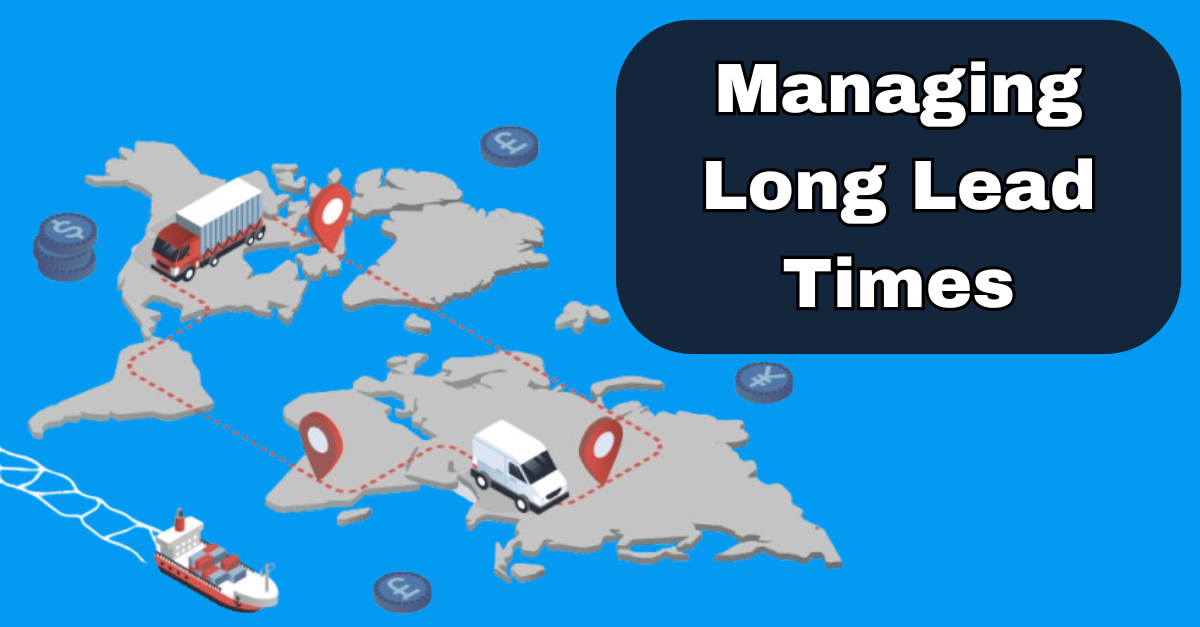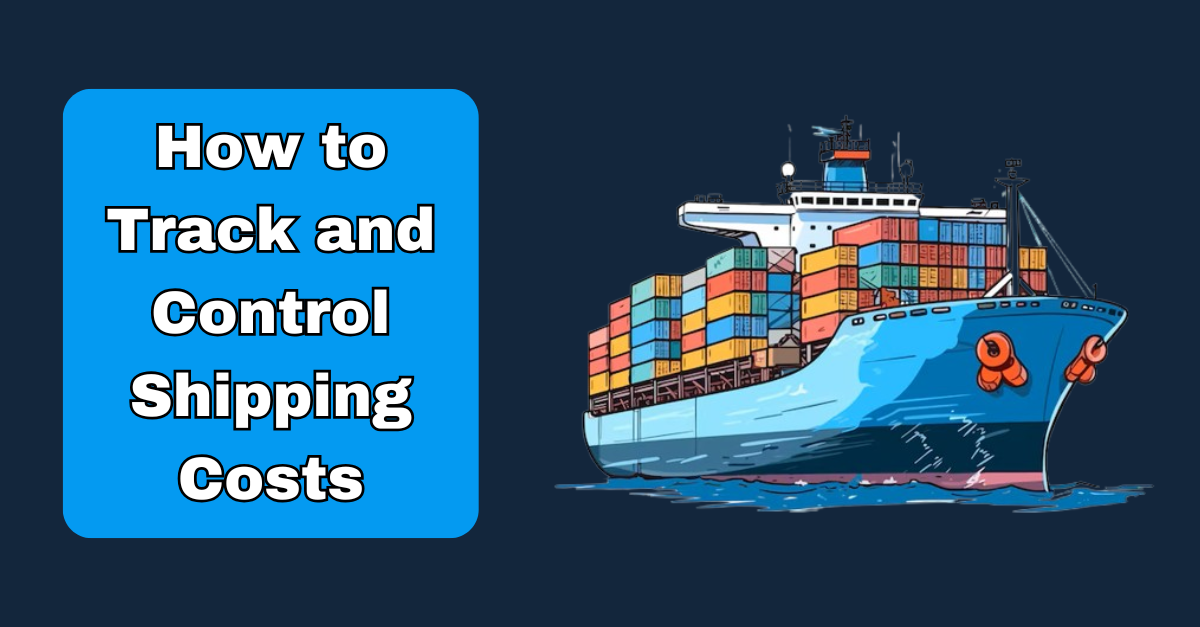Preparing to ship goods across the ocean involves understanding the intricacies of ocean transport freight rates. Let's delve into the core factors that influence ocean freight rates, offering you a clear compass to navigate this crucial aspect of international trade.
Piece 1: Container Types
Just as you choose a car based on its size and features, ocean shipments have different types of containers. The container's size, whether it's standard or specialized, and its capacity affect the freight rate. Bigger or specialized containers might incur higher charges.
Piece 2: Booking and Scheduling
Booking space on a ship is like reserving a seat on a flight. The timing of your shipment plays a role – peak seasons might result in higher demand and rates. If you need a guaranteed spot, you might opt for a premium service.
Piece 3: Freight Classification
Goods are classified into categories, known as tariff codes. These codes determine the type of cargo you're shipping. Some items, like hazardous materials, might require extra precautions, impacting the rate.
Piece 4: Distance and Trade Lanes
The distance between departure and arrival ports is a substantial factor. Additionally, trade lanes – popular shipping routes – can affect rates. Major trade routes might have more frequent services, potentially influencing costs.
Piece 5: Port Charges and Surcharges
Just as you pay airport fees when flying, ports have their charges. Terminal handling charges, customs fees, and other port-related costs contribute to the overall rate. Fuel prices and currency fluctuations can also lead to surcharges.
Piece 6: Freight All Kinds (FAK) Rates
Sometimes, shipments include a mix of items. FAK rates group together various cargo types under a single rate, simplifying pricing. This can be advantageous when shipping diverse goods.
Piece 7: Market Trends
The shipping industry is influenced by global economic factors, such as supply and demand, geopolitical events, and even weather conditions. These trends can sway freight rates.
Assemble these puzzle pieces, and you'll have a more comprehensive view of ocean transport freight rates. Shipping companies meticulously calculate rates based on container specifics, booking timing, cargo classification, distance, port charges, and market dynamics. It's like creating a tailor-made equation for your shipment's cost.
Remember, these elements can vary between shipping companies, making comparison an essential part of decision-making. By delving into the nuances of ocean transport freight rates, you're better equipped to chart a course for cost-effective and successful international shipping endeavours.










